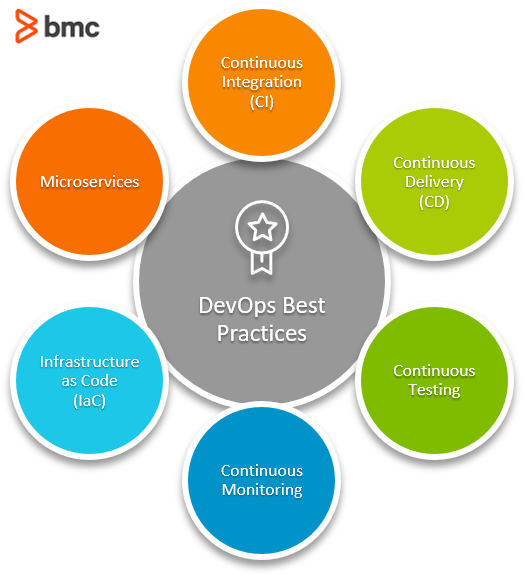Explained: Monitoring & Telemetry in DevOps


DevOps is a data-driven software development lifecycle (SDLC) framework. DevOps engineers analyze logs and metrics data generated across all software components and the underlying hardware infrastructure. This helps them understand a variety of areas:
Extensive application monitoring and telemetry is required before an application achieves the coveted Service Level Agreement (SLA) uptime of five 9’s or more: available at least 99.999% of the time. But what exactly is monitoring and telemetry and how does it fit into a DevOps environment? Let’s discuss.
(This article is part of our DevOps Guide. Use the right-hand menu to go deeper into individual practices and concepts.)

Monitoring is a common IT practice. In the context of DevOps, monitoring entails the process of collecting logs and metrics data to observe and detect performance and compliance at every stage of the SDLC pipeline. Monitoring involves tooling that can be programmed to
The goals of monitoring in DevOps include:
(Explore continuous delivery metrics, including monitoring.)
Telemetry is a subset of monitoring and refers to the mechanism of representing the measurement data provided by a monitoring tool. Telemetry can be seen as agents that can be programmed to extract specific monitoring data such as:
Consider the case of motor racing where fans get to see metrics such as top speed, G-forces, lap times, race position, and other information that displays on TV screens. These measurement displays refer to the telemetry.
Conversely, the process of installing sensors, extracting data, and providing a limited set of metrics information onto TVs is, in its entirety, called monitoring.
In the context of DevOps, some of the most common metrics measured are related to the health and performance of an application, and various corresponding metrics are always visible at the dashboard.
Before discussing the various DevOps use cases of telemetry, let’s discuss the most common monitoring challenges facing DevOps organizations:
In order to address these challenges, DevOps teams use a variety of monitoring tools to carefully identify and understand patterns that could predict future performance of an app, service, or the underlying infrastructure.
Some of the common use cases of telemetry in DevOps include the following metrics and use cases:
Analysis follows monitoring. Telemetry doesn’t necessarily include analyzed and processed logs or metrics information. The decision making based on telemetry of log metrics requires extensive analysis of a variety of KPIs and can be integrated with the monitoring systems to trigger automated actions when necessary.